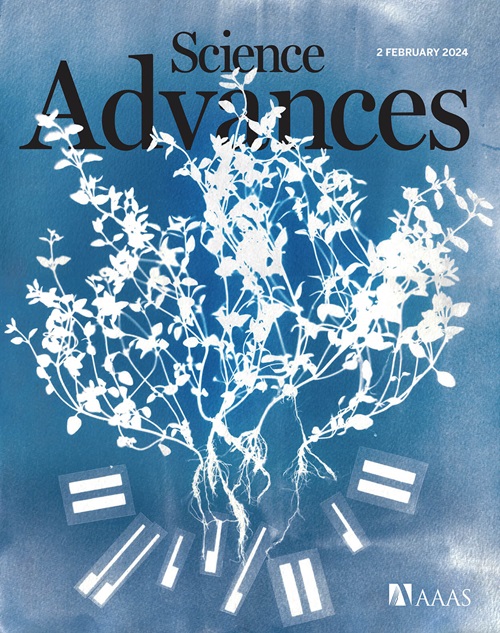A plant peptide with dual activity against multidrug-resistant bacterial and fungal pathogens
IF 11.7
1区 综合性期刊
Q1 MULTIDISCIPLINARY SCIENCES
引用次数: 0
Abstract
Multidrug-resistant (MDR) bacteria pose a major threat to public health, and additional sources of antibacterial candidates are urgently needed. Noncanonical peptides (NCPs), derived from noncanonical small open reading frames, represent small biological molecules with important roles in biology. However, the antibacterial activity of NCPs remains largely unknown. Here, we discovered a plant-derived noncanonical antibacterial peptide (NCBP1) against both Gram-positive and Gram-negative bacteria. NCBP1 is composed of 11 amino acid residues with cationic surface potential and favorable safety and stability. Mechanistic studies revealed that NCBP1 displayed antibacterial activity by targeting phosphatidylglycerol and cardiolipin in bacterial membrane, resulting in membrane damage and dysfunction. Notably, NCBP1 showed promising efficacy in mice. Furthermore, NCBP1 effectively inhibited the growth of plant fungal pathogens and enhanced disease resistance in maize. Our results demonstrate the unexplored antimicrobial potential of plant-derived NCPs and provide an accessible source for the discovery of antimicrobial substances against MDR bacterial and fungal pathogens.

求助全文
约1分钟内获得全文
求助全文
来源期刊

Science Advances
综合性期刊-综合性期刊
CiteScore
21.40
自引率
1.50%
发文量
1937
审稿时长
29 weeks
期刊介绍:
Science Advances, an open-access journal by AAAS, publishes impactful research in diverse scientific areas. It aims for fair, fast, and expert peer review, providing freely accessible research to readers. Led by distinguished scientists, the journal supports AAAS's mission by extending Science magazine's capacity to identify and promote significant advances. Evolving digital publishing technologies play a crucial role in advancing AAAS's global mission for science communication and benefitting humankind.
 求助内容:
求助内容: 应助结果提醒方式:
应助结果提醒方式:


